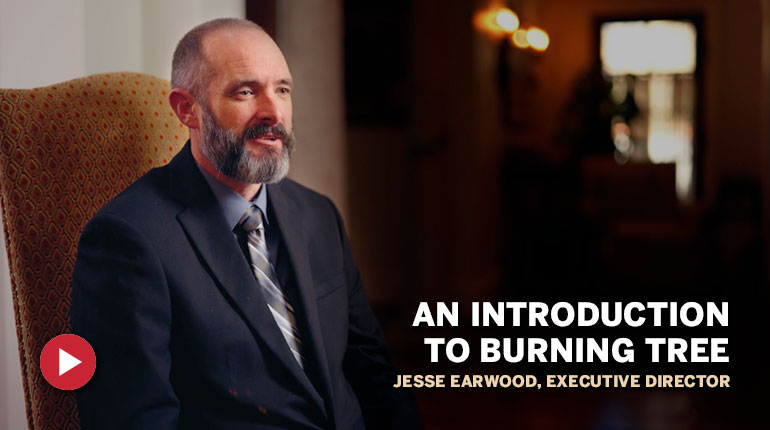We all have a unique story to tell. We’ve all been through different circumstances – different chains of events that have led us to where we’re at today. Substance abuse is only the tip of the iceberg, because underneath lies a lot of thoughts and feelings that make up who we are. Holistic practices take this into account by acknowledging the fact that we can’t treat everyone in addiction recovery the same way; there’s no “one-size-fits-all” treatment.
What Does Holistic Mean?
The American Holistic Health Association (AHHA) explains that holistic practices,
“…Encourage the patient to include healing strategies that support the whole person.”
Let’s take a look at the three main areas of holistic health:
Mind – this includes acknowledging everything that’s affected our mental health; examples of this may include recovery from trauma, mental illness, eating foods that support brain health, etc.
Body – the mind and body work together, and by feeding your body nutritious food, along with exercising to keep your body fit and flexible, you’ll find that benefits spill over into other areas of your life as well
Spirit – spirituality is separate from religion, but it emphasizes our purpose in life. If we feel needed – if we have a direction for where we want to go, and if we become stronger in our sense of spirituality, we’ll become stronger in recovery, too
In 2016, Elite Daily noted that holistic health is about observing everything as a whole – and there are several holistic practices that you can pick up during your time in treatment (and throughout the rest of your journey to recovery, too)
Types of Holistic Practices
Lucy R. Waletzky, MD, and Marsha J. Handel, MLS, highlighted several holistic practices via AHAA:
- Acupuncture – opening energy pathways throughout the body to release tension, stress and negativity
- Biofeedback – using instruments to provide feedback to clients on bodily processes so they can develop greater awareness and tools for reducing stress and anxiety as well as help for relapse prevention
- Neurofeedback – individuals learn to alter their brainwave patterns through specific technological processes
- Exercise – moving the body to boost mood, increase vitality, promote a deepened sense of awareness, gain strength, and more
- Meditation – connecting with the present moment to build awareness and reduce overactivity in the brain that stems from depression, anxiety, stress and more
- Nutrition – feeding the body healthy vitamins and minerals to help promote neuronal activity in the brain and increase overall functioning
- Yoga – powerful positions that promote flexibility, balance, awareness, concentration, calmness, etc.
A 2017 study published in the journal Nursing Outlook explored the benefits of holistic practice for those in recovery from opioid use disorder (OUD); researchers expressed that not only can holistic practices help treat direct issues in recovery (as well as help clients learn more about themselves), but they can also serve as preventative measures for the future, too. Last year, an individual shared their story of recovery through Thrive Global, a website that publishes stories and information on topics related to well-being. They stated,
“Before I learned to meditate, my mind was out of control…meditation provided me with enough space to catch a thought pattern before it dragged me around for hours or days on end. I was able to access a part of me where peace and tranquility existed.”
Holistic practices like meditation can help those in recovery find new ways of relating to their thoughts; in addition to this, clients may find that it becomes easier to make decisions, that stress and anxiety aren’t as intense and that relaxation is easier to achieve once balance is found.
Efficacy of Holistic Practices in Addiction Recovery
There have been numerous studies conducted which only further promote the effectiveness of holistic practices in addiction recovery, even when combined with traditional practices such as medication management and therapy. For example, a 2017 study published in the Asian Journal of Applied Science and Technology found that after assessing 120 people in recovery, those who pursued yoga and an overall active lifestyle witnessed positive changes in other areas of their life.
Furthermore, a 2015 study published in the Open Journal of Psychiatry found that after comparing results of cravings between 10 males who struggled with methamphetamine addiction to 10 males who didn’t, neurofeedback therapy provided positive results. Those with addiction experienced less cravings after receiving several sessions in neurofeedback therapy – and it’s safe to say that the integration of these holistic practices only serves to broaden the possibilities of success for those who want to reach their recovery goals.
Seek Help Today
If you’re ready to find treatment that is personalized to your needs, speak with a professional from Burning Tree today. It’s never too late to begin your journey towards healing and restoration – and with so many diverse practices available to you, you’ll have all the support you need.
Burning Tree Ranch specializes in treating chronic relapse in people with chemical dependency. We provide long-term support through residential and extended care programs that help our clients break their old patterns of addiction and learn new skills to support a healthier life. Our Dallas residential treatment program is focused on providing premium substance use treatment at an affordable cost. Contact us today for more information.





